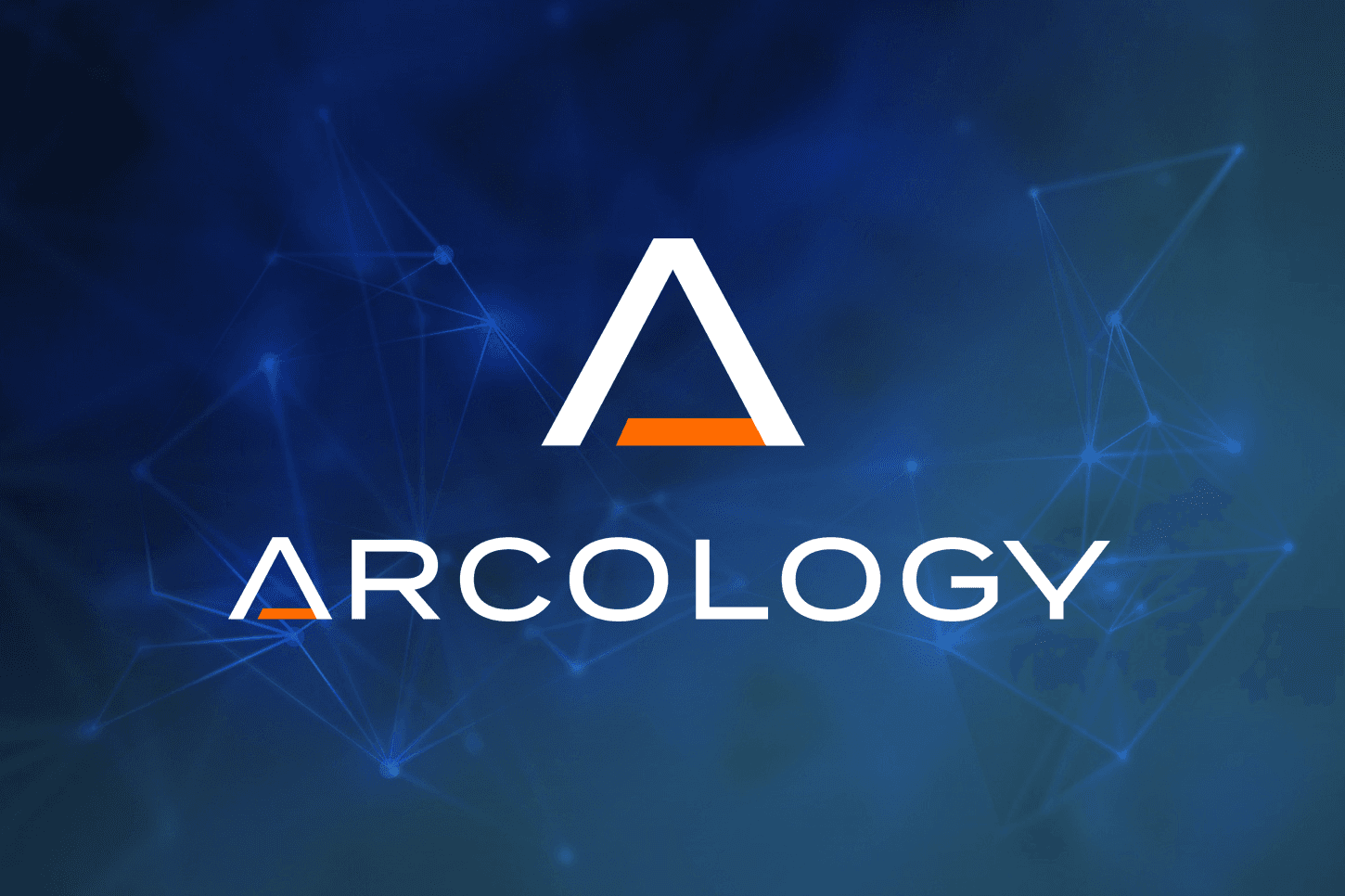In a significant development for the blockchain industry, Arcology Network has announced the creation of Ethereum's first parallel execution rollup. This breakthrough technology promises to revolutionize Layer 2 (L2) solutions by offering unparalleled performance and efficiency for developers building complex decentralized applications (dApps).
The introduction of Arcology's multithreaded rollup addresses a critical challenge in the Ethereum ecosystem: scalability. As Ethereum transitions to a rollup-centric model, existing L2 solutions have struggled with the limitations imposed by Ethereum's single-threaded design. These constraints have led to network congestion, significant fee spikes, and in some cases, transaction costs that exceed the value of the transactions themselves.
Arcology's solution leverages parallel transaction execution and optimized storage to deliver impressive performance metrics. The network boasts a transaction processing speed of 10,000 to 15,000 transactions per second (TPS), a 1.5-second block time, and a block gas limit of 1.5 billion. These figures represent a substantial improvement over current L2 frameworks such as Optimism and Arbitrum, which typically achieve only a few hundred TPS due to their inherited single-threaded design.
The implications of this technology are far-reaching. By enabling the development of resource-intensive applications that were previously too complex or costly to run on-chain, Arcology opens new possibilities for industries such as gaming, finance, and decentralized social networks. Developers can now create dApps that require high computational power without being constrained by prohibitive fees or slow execution times.
One of the key advantages of Arcology's approach is its maintenance of EVM equivalence. This allows developers to build with familiar tools while benefiting from the enhanced scalability and performance of parallel execution. In contrast to alternative high-performance blockchains like Solana, which require developers to move away from the Ethereum ecosystem, Arcology provides a bridge between Ethereum's established infrastructure and next-generation performance capabilities.
The technical architecture behind Arcology's innovation is noteworthy. The system extends the original Ethereum Virtual Machine to enable parallel transaction processing while maintaining full EVM equivalence. To address the challenges of data integrity in a parallel processing environment, Arcology employs optimistic concurrency control. Additionally, the network offers a Solidity library to help developers eliminate contention in contract code, allowing them to fully leverage the benefits of parallel processing.
Arcology's approach to storage is equally innovative. Recognizing the limitations of Ethereum's original storage design, the network implements a parallel database capable of handling the increased workload associated with parallel execution.
The potential impact of Arcology's technology on the blockchain landscape is significant. By addressing the scalability issues that have plagued Ethereum and its L2 solutions, Arcology positions itself as a compelling platform for the next wave of blockchain innovation. The ability to process complex transactions quickly and at a low cost could attract developers and users who have been frustrated by the limitations of existing networks.
As the blockchain industry continues to evolve, innovations like Arcology's parallel execution rollup may play a crucial role in shaping the future of decentralized technologies. With its mainnet expected to launch by June 2025, Arcology is poised to make a substantial impact on the development of high-performance, resource-intensive blockchain applications.
The introduction of this technology comes at a critical time for the Ethereum ecosystem, as it faces increasing competition from alternative blockchains. Arcology's solution may help Ethereum maintain its position as a leading platform for decentralized applications by addressing key performance bottlenecks while preserving compatibility with existing Ethereum infrastructure.
As developers and users alike look for more efficient and cost-effective blockchain solutions, Arcology's parallel execution rollup represents a significant step forward in the ongoing quest to scale blockchain technology for mainstream adoption.




